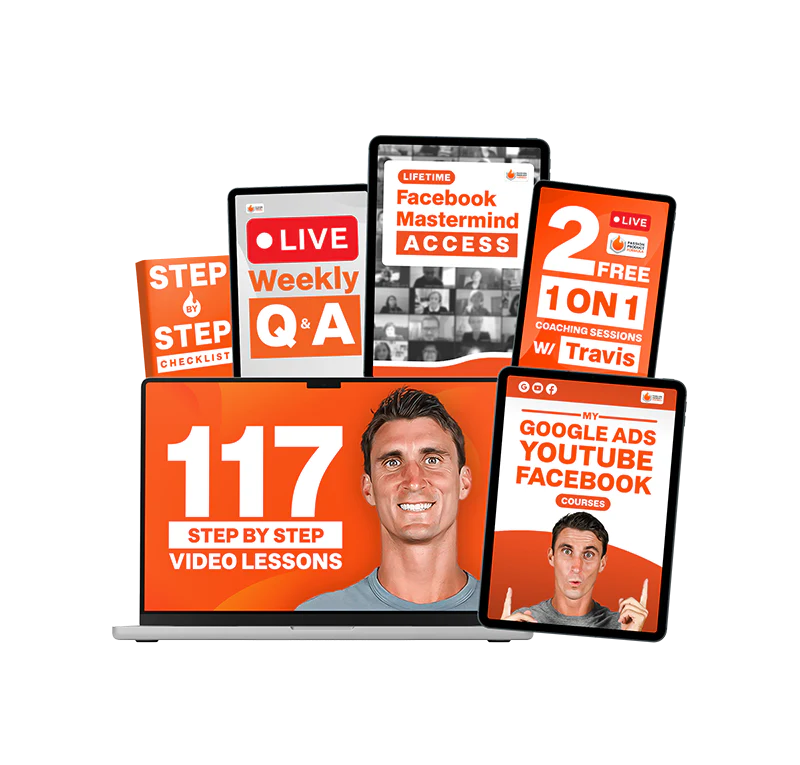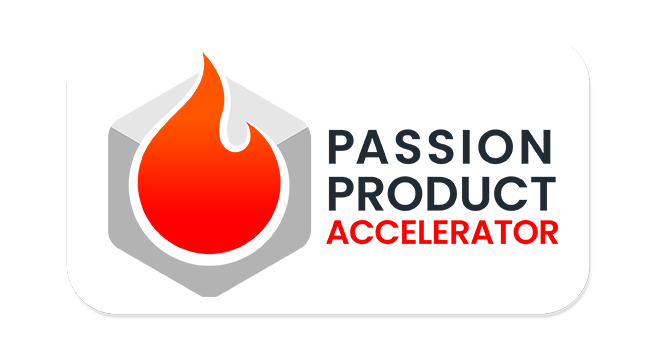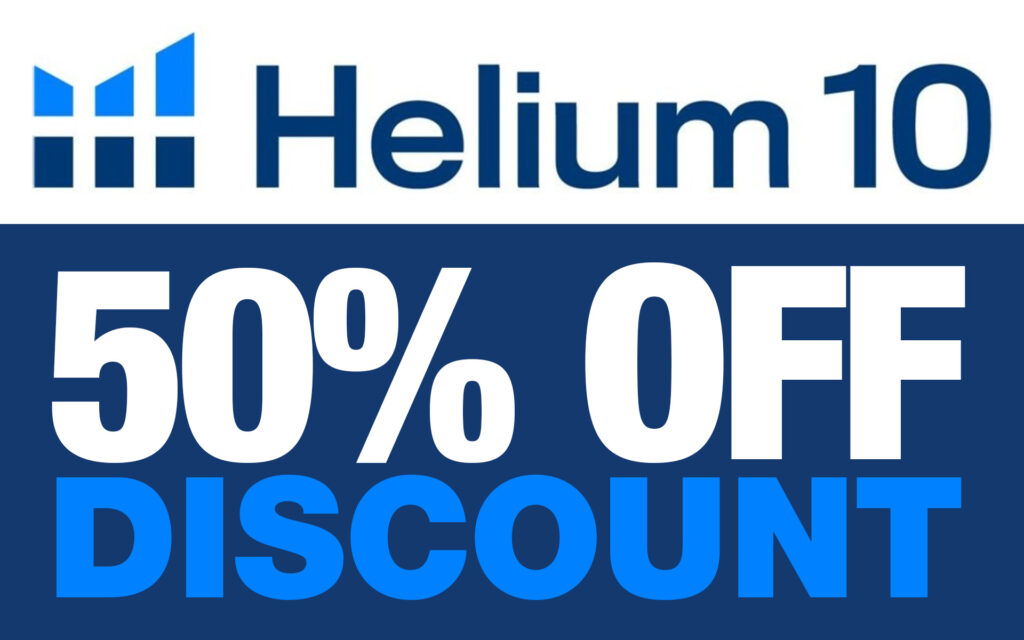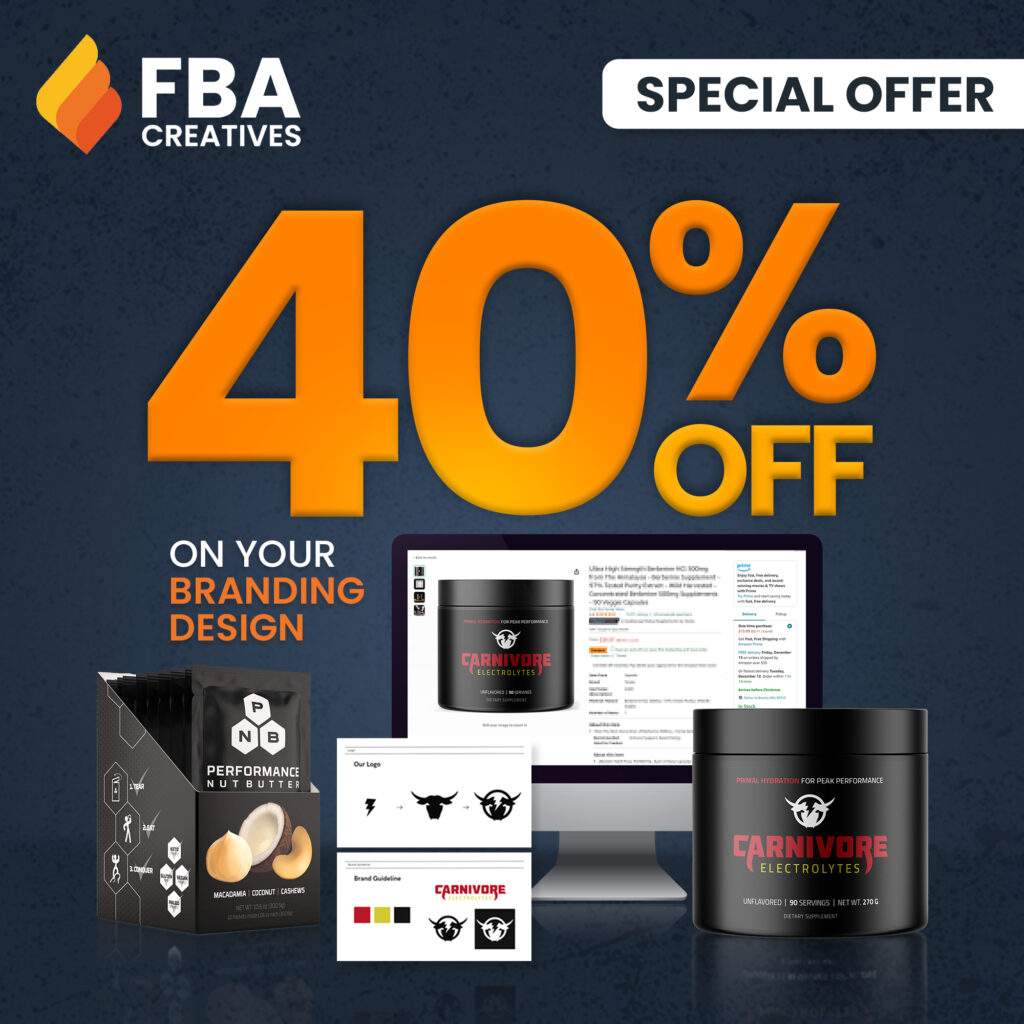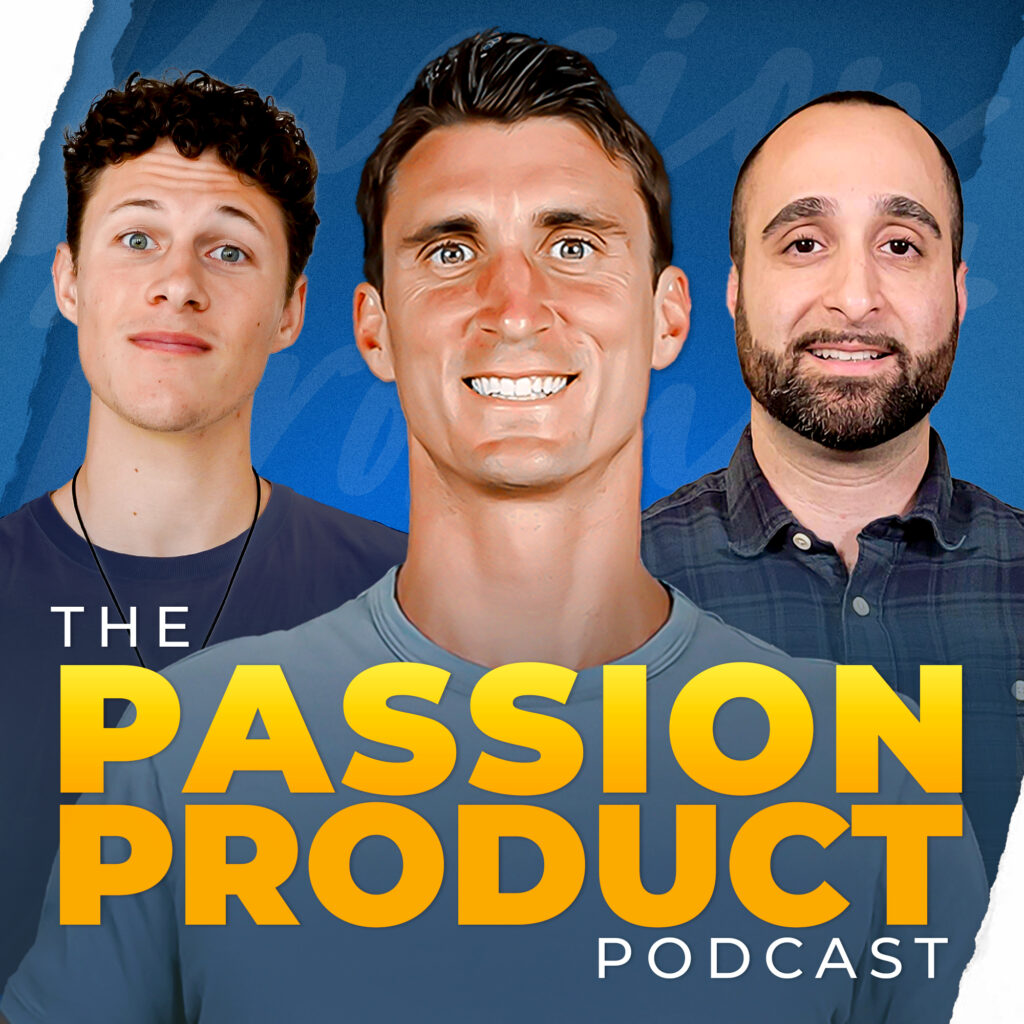Picture this: a single mom, nearly bankrupt after her Amazon FBA products were copied by Amazon Basics, desperately searching for a solution. Fast forward to today, and that same mom turned her daughter’s messy potty training struggles into a product generating over $2.5 million in revenue. This transformation didn’t happen by accident. Moreover, it didn’t require years of business experience or a massive investment. What it required was the right product research strategy and a willingness to solve a real problem.
Meet Mindi Dubai, the founder of LIL ADVENTS and living proof that anyone can build a thriving Amazon business. Her journey reveals two clear paths to success: creating a passion product that solves a problem you’ve personally experienced, or using data-driven research tools to discover untapped market opportunities. Furthermore, her story demonstrates that the most powerful approach combines both paths, blending personal insight with solid market validation.
Throughout this comprehensive guide, you’ll discover exactly how to conduct product research that leads to profitability. You’ll learn the specific criteria successful products must meet, the tools that reveal hidden opportunities on Amazon, and why passion products offer superior protection against competition. Most importantly, you’ll gain the confidence to take action on your own Amazon journey, knowing that if Mindi can turn “poop into profit,” you absolutely can too.
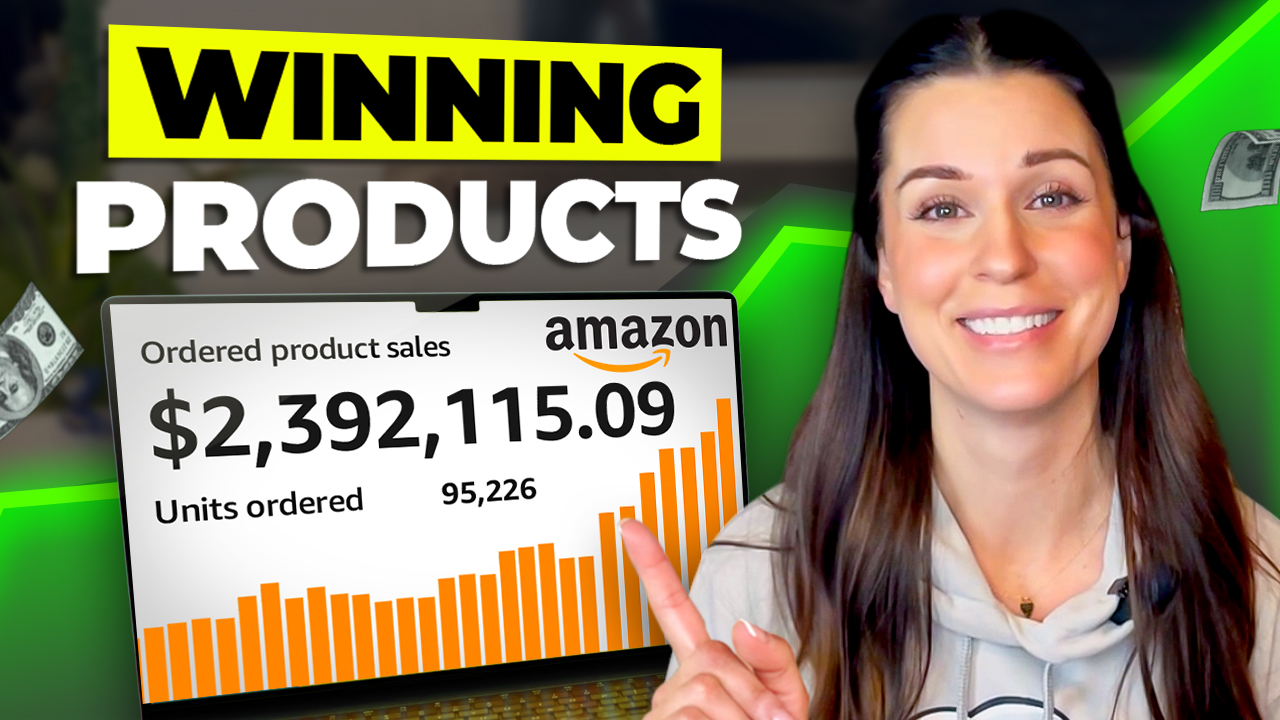
- The Origin Story: From Near Bankruptcy to Success
- Path 1: The Passion Product Formula (Why It Works)
- Getting Started: Amazon Best Sellers Research
- The Secret Search Bar Method
- The Power of Helium 10 Magnet Tool
- Critical Product Criteria: Price Point Strategy
- Weight Matters: The One-Pound Rule
- Choosing the Right Categories
- Using Blackbox for Advanced Product Discovery
- The Importance of Branding
- Combining Both Paths: The Ultimate Strategy
- Taking Action: Your Next Steps
- Your Path Forward: Taking the First Step Today
- Frequently Asked Questions
The Origin Story: From Near Bankruptcy to Success
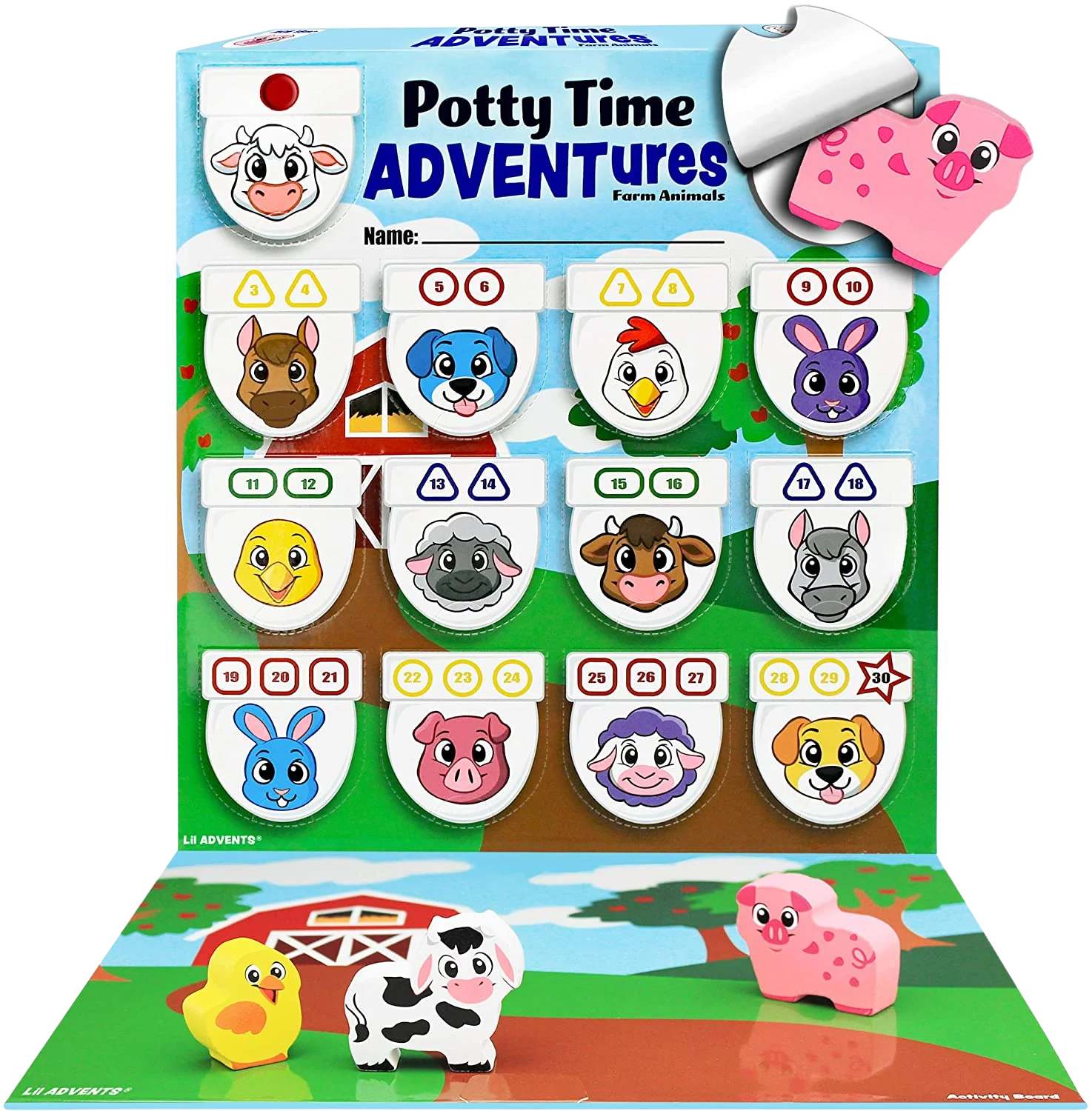
Every entrepreneur starts somewhere, and Mindi’s beginning looked remarkably similar to where you might be right now. She wanted financial freedom, the ability to be her own boss, and the independence that comes from building something meaningful. Consequently, she launched some simple products on Amazon, hoping to create the life she envisioned for herself and her two children.
Then disaster struck. Amazon Basics, the retail giant’s private label brand, copied her products almost exactly. Overnight, Mindi watched her business crumble as Amazon FBA Products undercut her prices and dominated her market share. She faced a critical choice: give up entirely or find a way to create something Amazon couldn’t easily replicate. The pressure intensified as bankruptcy loomed on the horizon.
During this desperate time, inspiration arrived from an unexpected source. Mindi’s daughter struggled with potty training, and despite searching extensively, no products on the market offered children tangible, themed rewards for their successes. This gap represented more than just a missing product, it revealed a genuine need shared by thousands of frustrated parents. Rather than accepting defeat, Mindi decided to invent the solution herself.
She created Potty Time Adventures, a unique system that rewards children with hidden themed wooden toys every time they successfully use the potty. After pitching her concept to a toy mogul who connected her with manufacturers, LIL ADVENTS went into production within a month. This passion-driven product not only saved her business but eventually led her to pitch on Shark Tank. Most significantly, it taught her that unique, personally meaningful products provide powerful protection against competition.
Path 1: The Passion Product Formula (Why It Works)
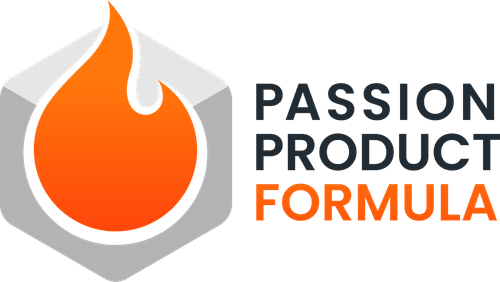
First and foremost, understanding the passion product approach transforms how you view Amazon selling. Unlike generic products that anyone can source and sell, passion products emerge from your authentic experiences and genuine expertise. They solve problems you’ve personally encountered, which means you possess invaluable insights that data alone cannot provide. This personal connection creates a foundation that sustains you through inevitable challenges.
The advantages of passion products extend far beyond simple differentiation. When you create something meaningful, you naturally understand your target audience’s pain points, desires, and hesitations. Additionally, your authentic story becomes a powerful marketing tool that resonates with customers on an emotional level. Competitors might copy your product features, but they cannot replicate your genuine journey or the credibility it provides. Furthermore, you maintain motivation during difficult periods because you believe in your product’s mission beyond just generating profit.
Identifying your own passion product opportunity requires honest self-reflection. Look at your daily frustrations, what products consistently disappoint you? Consider your hobbies and interests, where do you see gaps in available solutions? Think about problems you’ve solved for yourself that others might face too. Moreover, observe your community and social circles for recurring complaints about inadequate products. These observations often reveal golden opportunities that market research alone would never uncover.
Nevertheless, passion alone doesn’t guarantee success. You must validate your idea with solid data to ensure sufficient demand exists. This validation process, which we’ll explore in detail later, transforms a personal hunch into a viable business opportunity. The Passion Product Formula works because it combines emotional intelligence with market intelligence, creating products that genuinely serve customers while protecting you from easy competition.
Getting Started: Amazon Best Sellers Research

To begin with, Amazon FBA Products itself provides an incredible roadmap to profitability that most new sellers overlook. The platform openly displays its best-selling products across every category, essentially showing you which items generate the most revenue. This transparency creates an unprecedented opportunity for aspiring entrepreneurs willing to analyze and learn from successful products.
Navigate to Amazon’s Best Sellers section and start exploring different categories that interest you. Meanwhile, install Helium 10‘s free X-ray tool, which reveals the financial performance of any product you examine. When you click on a product, this tool displays estimated monthly revenue, providing concrete data about profitability. For example, you might discover that a simple beauty product generates over $1 million monthly, eye-opening information that demonstrates the platform’s potential.
However, the goal isn’t to copy these exact products. Instead, you’re conducting research to understand what makes products successful while identifying opportunities to create something unique. Study the best sellers’ pricing strategies, review their product images and descriptions, and read customer feedback carefully. Additionally, notice patterns in what sells well, certain features, benefits, or approaches that resonate with buyers.
This research phase builds your market knowledge and trains your eye to recognize opportunity. Nevertheless, remember that profitable products combine strong demand with limited competition. The best sellers teach you about demand, but your unique angle will help you avoid competing directly with established brands. Consequently, treat this research as education rather than a simple copying exercise.
The Secret Search Bar Method

Furthermore, Amazon’s search bar functions as a direct window into customer desires and intentions. The autocomplete feature reveals the most popular searches in real-time, showing you exactly what millions of customers actively seek. This simple yet powerful tool provides market research that would cost thousands of dollars to obtain through traditional methods.
Start by typing single letters into the search bar. When you type “A,” Amazon shows that “AirPods” represents the most popular search starting with that letter. Type “B,” and you discover “Bluetooth speaker” leads the list, followed by “bathing suits for women” and “baby wipes.” Each letter reveals trending products and categories, building a comprehensive picture of customer demand. Additionally, this method works in real-time, reflecting current market interests rather than outdated data.
The strategy becomes even more powerful when you employ the compound letter technique. Instead of stopping at single letters, type “BA,” then “BB,” then “BC,” and continue through the alphabet. Each two-letter combination unlocks dozens of additional product ideas. For instance, “BE” reveals searches for “beach bag” and “beach towel,” while other combinations surface entirely different niches. Consequently, you can generate hundreds of validated product ideas in just an hour.
This method works because it shows genuine customer intent rather than theoretical interest. People typing these searches into Amazon FBA Products actively want to buy these products, meaning demand already exists. Moreover, by systematically working through letter combinations, you uncover niche products and emerging trends that broader research might miss. This grassroots approach to product discovery often reveals opportunities that sophisticated tools overlook.
The Power of Helium 10 Magnet Tool
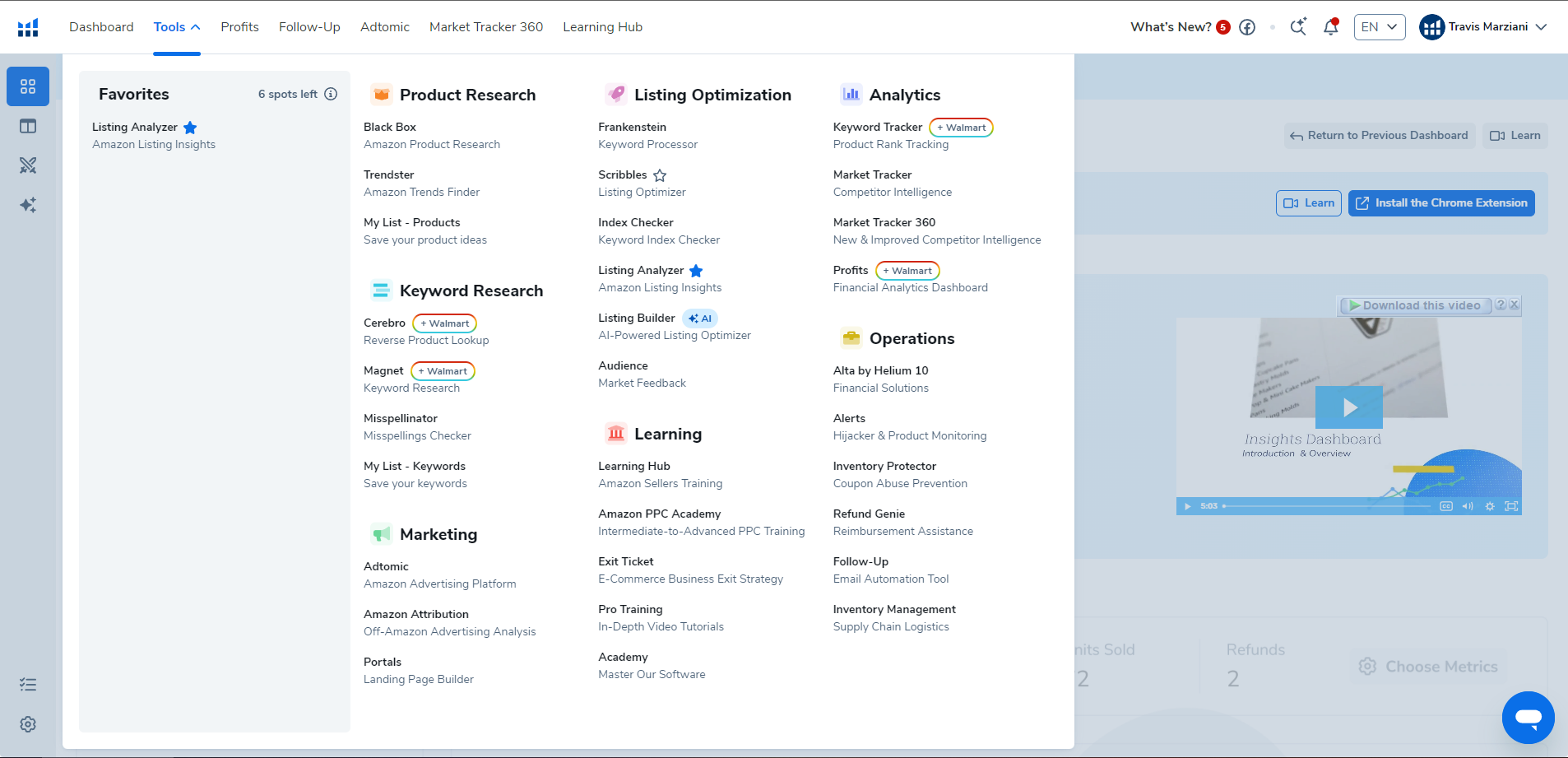
Next, discovering what customers desperately search for but cannot find represents the ultimate competitive advantage. Helium 10‘s Magnet tool serves precisely this purpose, revealing keyword search volumes and helping you identify gaps where demand exceeds supply. This powerful combination of high interest and low competition creates ideal conditions for new product launches.
The Magnet tool works elegantly. Simply enter a keyword related to your area of interest, and it displays how many people search for that term each month on Amazon FBA Products. For example, typing “camping essentials” reveals over 500,000 monthly searches, a massive audience actively seeking products in this category. Similarly, you can explore related keywords and discover sub-niches within broader categories, each representing potential product opportunities.
Travis, an Amazon seller who helps others succeed through his YouTube tutorials, demonstrates this strategy perfectly. He noticed significant search volume for “carnivore electrolytes” but found zero products specifically marketed for this niche. Rather than selling another generic electrolyte supplement, he created a product tailored specifically for carnivore diet followers. As a result, he captured an underserved market with minimal competition, proving that specialized products often outperform generic alternatives.
Mindi used this same validation approach for LIL ADVENTS. When she typed “potty training” into the Magnet tool, she discovered almost 40,000 people search for related products every month. This data confirmed her instinct that frustrated parents needed better solutions. Ultimately, combining her personal experience with concrete search volume data gave her confidence to move forward. The golden rule remains constant: when you find high search volume coupled with limited targeted solutions, you’ve struck gold.
Critical Product Criteria: Price Point Strategy
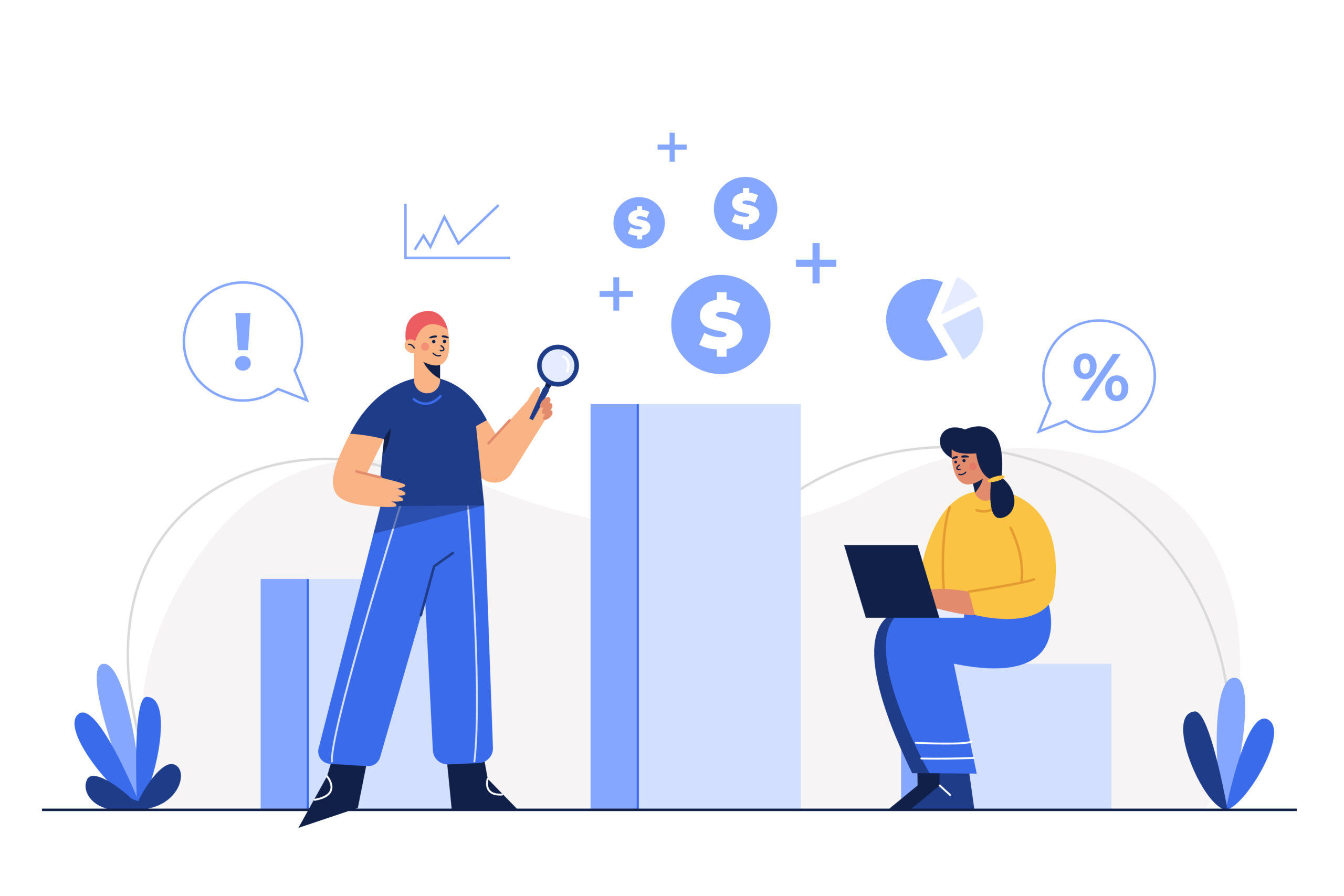
Importantly, choosing the right price point dramatically impacts your Amazon success and profitability. The sweet spot falls between $15 and $85, a range that balances profit margins with customer buying psychology. Products priced within this range provide sufficient margin to cover costs while remaining accessible enough for impulse purchases.
Products under $15 struggle to generate meaningful profit for several critical reasons. Amazon FBA Products charges various fees including the FBA pick and pack fee, a 15% referral fee on each sale, plus you must cover manufacturing and shipping costs. When you sell a $10 product, these fees devour most of your revenue before accounting for any business expenses or profit. Therefore, new sellers should avoid this price range despite seeing established sellers succeed there, those sellers benefit from massive volume and optimized supply chains that beginners don’t possess.
On the other hand, products over $85 face different challenges related to customer buying behavior. At higher price points, customers stop making impulse purchases and start conducting extensive research. They compare multiple options, read dozens of reviews, and often delay their decision for days or weeks. Furthermore, they view expensive purchases as investments requiring careful consideration rather than convenient solutions worth trying immediately. This extended decision-making process makes gaining traction much harder for new brands.
Mindi priced Potty Time Adventures at $25, positioning it perfectly in the middle of the ideal range. This price point allows her to maintain high-quality materials and thoughtful packaging while generating sustainable profit. Moreover, it remains affordable enough that parents purchase without extensive deliberation, yet high enough to signal quality and value. The pricing strategy supports both her family’s financial goals and her mission to help other parents, demonstrating that profitability and purpose can coexist harmoniously.
Weight Matters: The One-Pound Rule
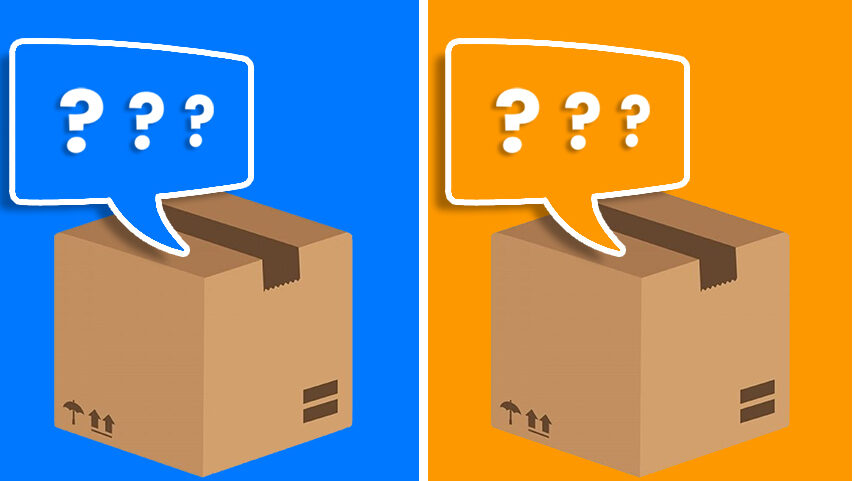
In addition to price, product weight significantly impacts your profitability and competitiveness on Amazon FBA products. Keeping products under one pound optimizes your FBA fees and maximizes profit margins. Amazon structures its fulfillment fees based on weight and dimensions, meaning heavier products cost substantially more to store and ship, directly reducing your bottom line.
The value of Fulfillment by Amazon FBA justifies its costs despite the weight considerations. When you use FBA, Amazon handles picking, packing, and shipping every order automatically. Additionally, your products receive the coveted Prime badge, guaranteeing two-day delivery to Prime members. This badge dramatically increases your visibility and conversion rates since most Amazon customers filter their searches to show only Prime-eligible products. Therefore, FBA transforms your listing from just another option into a preferred choice.
Even though Potty Time Adventures weighs 1.8 pounds, exceeding the one-pound recommendation, the product remains profitable and successful. The weight reflects the substantial value delivered, multiple themed wooden toys, quality packaging, and a complete reward system. Mindi strategically priced the product to accommodate higher fulfillment fees while maintaining healthy margins. This example illustrates that rules provide guidance rather than rigid constraints; understanding the principles allows you to make informed exceptions.
Nevertheless, beginners should target lighter products when possible. Lower fulfillment costs provide more pricing flexibility and better margins, especially while you’re learning Amazon’s systems and building your brand. As you gain experience and understand your unit economics thoroughly, you can confidently evaluate heavier products based on their specific value propositions and market opportunities.
Choosing the Right Categories

Moving forward, category selection influences your success more than many new sellers realize. Certain categories consistently generate sales because customers willingly spend money in these areas regardless of economic conditions. Focusing your product research on these evergreen categories increases your probability of building a sustainable business.
Pet supplies and baby products represent two of the strongest categories on Amazon FBA Products. Pet owners treat their animals as family members, consistently purchasing food, toys, accessories, and health products without hesitation. Similarly, parents invest heavily in their children’s wellbeing, safety, and development. These emotional connections drive purchasing decisions and create loyal customer bases. Additionally, health and household products, along with groceries and gourmet items, perform consistently well because they fulfill ongoing needs rather than one-time wants.
LIL ADVENTS thrives in the baby products category, specifically within the potties subcategory where it ranks in the top 45. This success stems from aligning a unique solution with a category where parents actively seek help. The niche audience, parents struggling with fussy toddlers during potty training, represents a perfect intersection of specific need and emotional investment. Thus, Mindi benefits from both category strength and niche positioning.
When selecting your category, consider where your product naturally fits and whether that category aligns with consistent consumer spending patterns. Categories tied to ongoing needs, emotional connections, or personal care typically outperform those dependent on discretionary spending or trend-driven purchases. This strategic category selection provides a more stable foundation for long-term business growth.
Using Blackbox for Advanced Product Discovery
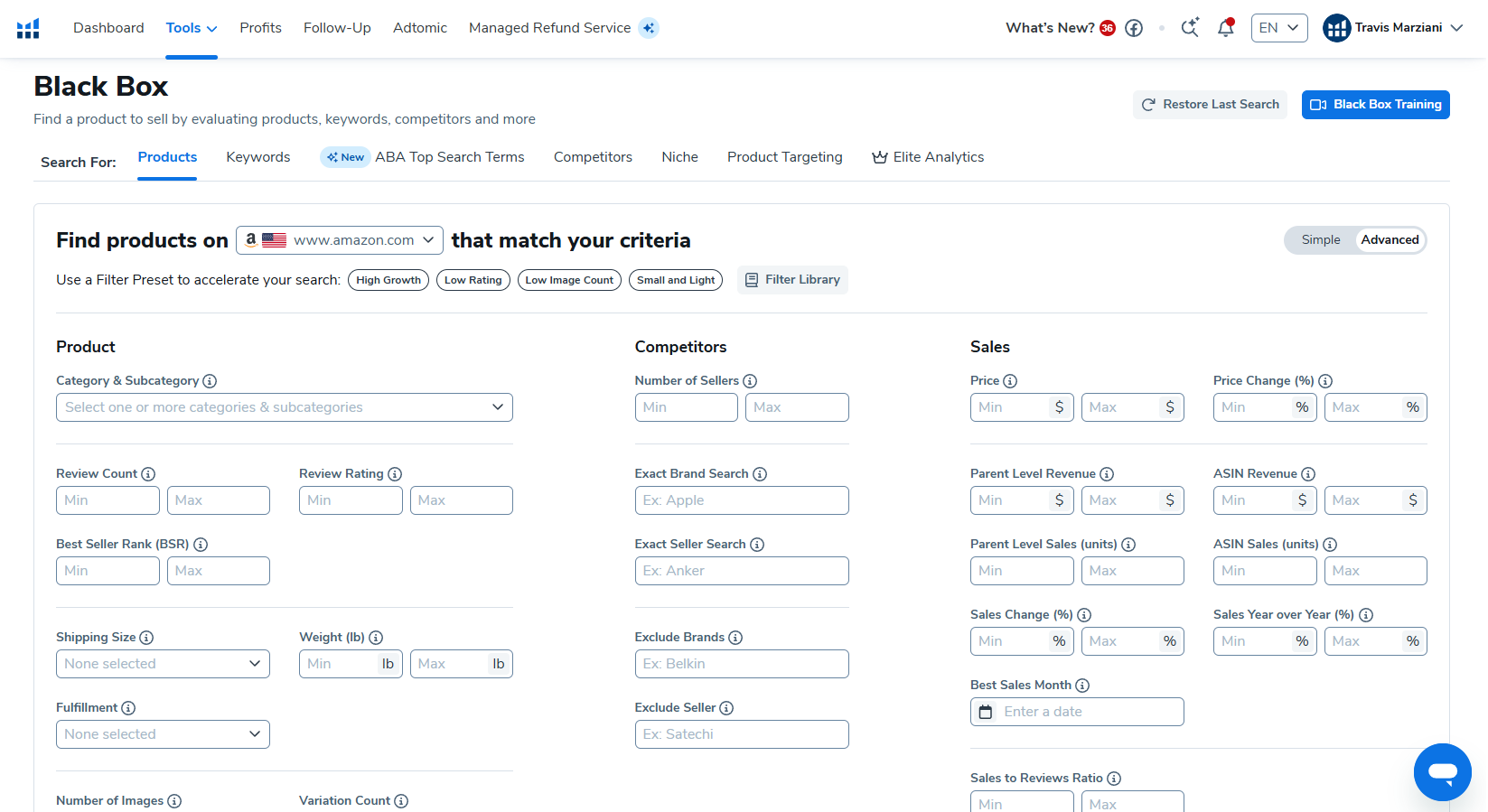
To take it further, Helium 10‘s Blackbox tool enables sophisticated product discovery through customizable filters and criteria. This advanced feature allows you to specify exactly what you’re seeking, price range, weight, category, revenue levels, and more, then displays products matching your parameters. Consequently, you can systematically explore opportunities that meet your specific business goals.
Set your filters according to the criteria we’ve discussed: price between $15 and $85, weight under one pound (or slightly above if justified), and categories where customers spend consistently. The tool then generates a list of existing products meeting these specifications. While you won’t sell these exact products, they provide valuable inspiration and reveal what’s currently working in the marketplace. Additionally, analyzing these results helps you recognize patterns and opportunities.
For example, examining page two of results might reveal earplugs generating over $90,000 annually. However, closer inspection shows weak branding and numerous negative reviews. Subsequently, reading those critical reviews exposes customer complaints and unmet needs, the exact information you need to create a superior alternative. Perhaps customers complain that earplugs fall out easily, cause discomfort, or don’t block enough noise. Each complaint represents an improvement opportunity.
Furthermore, you can target specific niches within broader categories to reduce competition. Those same earplugs could be reimagined for musicians needing high-fidelity hearing protection, or concert-goers wanting reusable solutions, or light sleepers requiring maximum comfort. By adding these niche angles and validating them through the Magnet tool, you transform a generic product into a specialized solution. Ultimately, Blackbox provides inspiration without requiring imitation, helping you find your unique position in proven markets.
The Importance of Branding

Beyond the product itself, building a recognizable brand elevates your Amazon business from commodity selling to meaningful commerce. Strong brands command premium prices, generate customer loyalty, and create defensible market positions. Moreover, brands tell stories that resonate emotionally with customers, transforming transactions into relationships.
Social media presence amplifies your brand’s impact significantly. Building a community around your products, sharing valuable content related to your niche, and engaging authentically with your audience creates trust and recognition. This connection extends beyond Amazon’s platform, giving you owned channels to communicate directly with customers. Additionally, social media provides valuable feedback, user-generated content, and opportunities for authentic storytelling that paid advertising cannot replicate.
LIL ADVENTS demonstrates effective branding within the baby category. The brand clearly communicates its mission, helping parents navigate potty training while making it fun for toddlers. This focused positioning helps it stand out among countless baby products while creating emotional resonance with its target audience. Furthermore, the name itself evokes adventure and positive experiences, reinforcing the product’s value proposition. As demonstrated through Mindi’s success, strong brands build momentum that carries businesses through challenges and competition.
Think beyond simply selling products and consider what your brand represents. What values do you champion and problems do you solve? What story connects you to your customers? These brand elements transform one-time buyers into loyal advocates who return for future purchases and recommend your products to others. Ultimately, investing in brand building from the beginning pays dividends throughout your Amazon FBA Products journey.
Combining Both Paths: The Ultimate Strategy

In conclusion, the most powerful approach merges passionate problem-solving with rigorous data validation. The Passion Product Formula provides direction, authenticity, and competitive differentiation, while research tools confirm demand and optimize positioning. This combination creates products with both heart and market viability.
Why does the Passion Product Formula ultimately prove superior? Authentic storytelling resonates with customers tired of generic products and corporate messaging. Your personal expertise naturally differentiates your offering and informs smarter decisions about features, benefits, and positioning. Furthermore, passion sustains motivation through inevitable obstacles, when challenges arise, believing in your mission keeps you moving forward where others quit.
However, validating passion with data prevents costly mistakes and strengthens your business case. Confirming that sufficient demand exists, understanding competition levels, and optimizing your pricing based on market realities transforms intuition into strategy. The passion product approach doesn’t mean ignoring data; rather, it means letting genuine insight guide you toward opportunities that data then validates and refines.
Essentially, unique products provide your best protection against the competition that buried Mindi’s initial Amazon business. Amazon Basics cannot easily replicate products with authentic stories, specialized features, and strong brands. Your personal connection to the product creates advantages that algorithms and copying cannot overcome. Therefore, leading with passion while validating with data positions you for sustainable success on Amazon FBA Products.
Taking Action: Your Next Steps

Now that you understand the complete framework, taking action becomes your only remaining step. Start with honest self-reflection about problems you regularly encounter. What products consistently frustrate you? Where do you possess genuine expertise or unique perspective? What challenges do you navigate that others might share? These questions reveal potential product ideas rooted in authentic experience.
Then, validate your ideas using the tools and techniques outlined throughout this guide. Apply the search bar alphabet method to explore related searches. Research search volume using the Magnet tool to confirm demand exists. Analyze competition through Blackbox to identify opportunities for differentiation. Additionally, verify that your product concept meets the critical criteria, appropriate price range, manageable weight, and suitable category placement.
Check your product against all the criteria methodically. Does it fall between $15 and $85? Can you keep it under one pound or justify slightly exceeding that weight? Does it fit into a category where customers spend consistently? Have you identified your unique angle and validated it with data? This systematic evaluation prevents enthusiasm from overriding practical considerations.
Finally, commit to building a genuine brand rather than just selling another product. Develop your story, identify your values, and plan how you’ll connect with customers authentically. Remember that Mindi transformed a desperate situation into a thriving business by solving a real problem with a unique solution. If a single mom can turn potty training struggles into millions in revenue, you absolutely possess the ability to find and launch your own successful product. The tools exist, the opportunity awaits, now you simply need to begin.
Your Path Forward: Taking the First Step Today
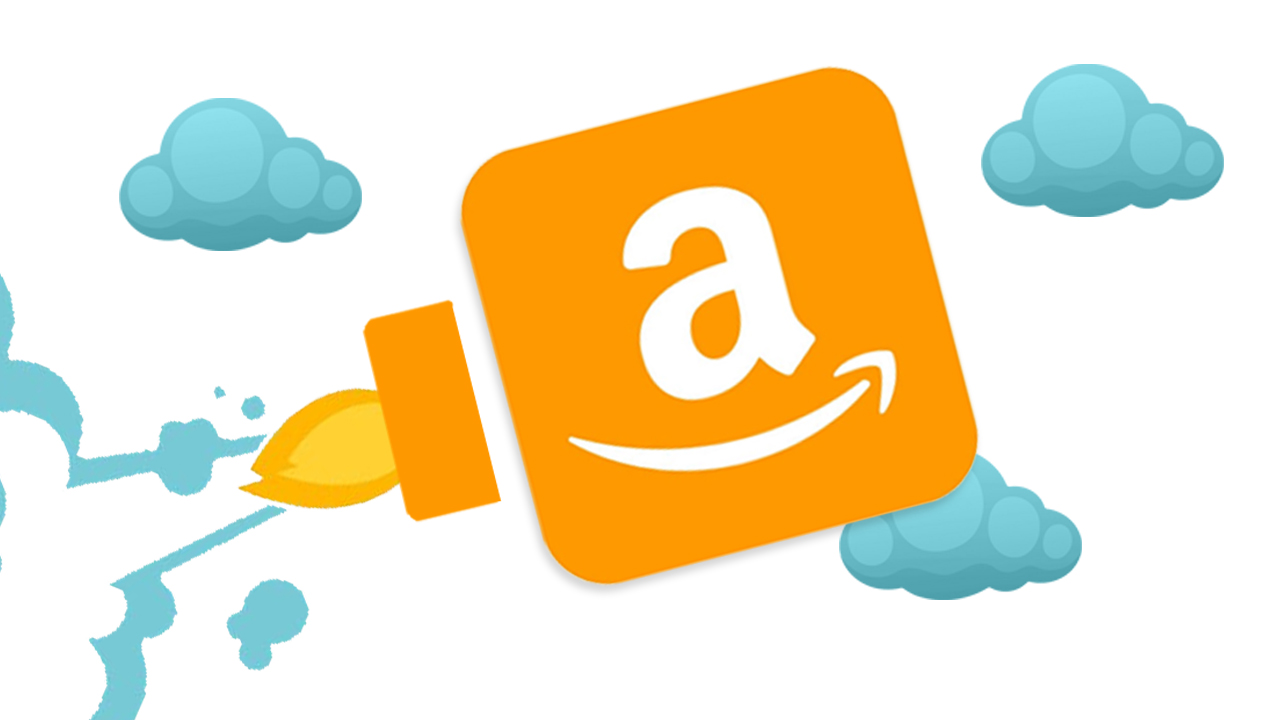
Ultimately, two clear paths lead to Amazon FBA Products success, and the wisest entrepreneurs walk both simultaneously. The Passion Product Formula offers superior differentiation, authentic marketing angles, and sustainable motivation throughout your journey. Meanwhile, modern research tools eliminate guesswork and validate opportunities before you invest significant resources. Together, these approaches create a powerful methodology for discovering products that succeed.
Success stories like Mindi’s prove that this framework works regardless of your starting point. She faced near bankruptcy, single parenthood, and fierce competition from Amazon itself. Yet by identifying a genuine problem, creating a unique solution, and validating it with market data, she built a multimillion-dollar business. Her story demonstrates that obstacles don’t determine outcomes, your response to challenges and commitment to finding unique solutions make the difference.
Most importantly, financial freedom and independence remain achievable goals rather than distant dreams. The barriers to entry have never been lower, the tools have never been more accessible, and the potential customer base has never been larger. Amazon provides an incredible platform where small sellers can compete effectively against major brands by offering superior solutions to specific problems. Your unique perspective and willingness to solve real problems represent valuable assets in this marketplace.
Take action today by beginning your product research journey. Open Amazon and start exploring. Type letters into the search bar and observe what customers seek. Install Helium 10 and begin validating ideas. Most crucially, reflect on your own experiences and frustrations, your next million-dollar product might be solving a problem you face right now. The opportunity exists, the framework is clear, and your journey begins with a single step forward.
Frequently Asked Questions
How much money do I need to start selling on Amazon?
Starting an Amazon FBA Products business typically requires between $2,000 and $5,000 for your first product inventory, though you can start smaller with certain products. This budget covers manufacturing costs, shipping to Amazon’s warehouses, and initial Amazon fees. Additionally, consider costs for product photography, packaging design, and tools like Helium 10. Nevertheless, many successful sellers begin with smaller investments and reinvest profits to grow their business organically.
Do I need to be an expert in my product category?
While expertise helps significantly, you don’t need to be a recognized authority before starting. However, choosing a product you understand personally gives you tremendous advantages in identifying features customers value and spotting improvement opportunities. Furthermore, your willingness to learn deeply about your niche matters more than existing expertise. The Passion Product Formula works precisely because your personal experience provides insights that generic market research cannot reveal.
How long does it take to see profits on Amazon FBA Products?
Most sellers begin seeing sales within 2-4 weeks of launching their product, though profitability timelines vary considerably. Initially, you recover your inventory investment and Amazon fees before generating actual profit. Additionally, many sellers reinvest early profits into more inventory and marketing to accelerate growth. Typically, achieving consistent monthly profit takes 3-6 months, depending on your product, pricing, and marketing effectiveness. Patience and persistence prove essential during this establishment phase.
What if Amazon Basics copies my product like they did to Mindi?
This legitimate concern highlights exactly why the Passion Product Formula provides superior protection. Amazon Basics typically targets high-volume, generic products that are simple to manufacture and market. Unique products with authentic stories, specialized features, and strong brands prove much harder to replicate effectively. Moreover, by building your brand beyond Amazon through social media and customer relationships, you create loyalty that protects against commodity competition regardless of its source.
Can I sell products if I don’t live in the United States?
Absolutely. Amazon operates marketplaces in numerous countries, and sellers from around the world successfully sell on these platforms. Many international sellers focus on Amazon US due to its size while manufacturing products in countries with competitive production costs. Additionally, Amazon’s FBA program handles shipping and customer service globally, making international selling more accessible than ever. Research the specific requirements for sellers in your country, as regulations and processes vary by location.
Should I launch multiple products or focus on one?
Starting with a single product allows you to master Amazon’s systems, understand your customers deeply, and refine your approach before expanding. Furthermore, concentrating resources on one product enables better inventory management and marketing focus. Once your first product achieves consistent sales and you understand the business fundamentals, you can strategically add complementary products. Many successful sellers build entire brands around their initial product, expanding into related items that serve the same customer base.
How do I compete against established sellers with hundreds of reviews?
New sellers overcome the review disadvantage through superior products, strategic pricing, and exceptional customer service. Focus on creating genuinely better solutions by addressing complaints in competitor reviews. Additionally, Amazon’s Vine program and early reviewer program help new products accumulate initial reviews. Moreover, compelling product photography, detailed descriptions, and competitive pricing help convert browsers into buyers despite fewer reviews. As satisfied customers leave positive feedback, your review count steadily grows.
What’s the biggest mistake new Amazon sellers make?
Choosing generic, highly competitive products represents the most common and costly mistake. New sellers often select items that seem simple to source but face fierce competition from established brands and hundreds of other sellers. Consequently, they struggle to differentiate their products, win sales, and maintain profitable margins. Instead, successful sellers identify underserved niches, create unique solutions, and build brands around their products, exactly what the Passion Product Formula encourages from the start.


